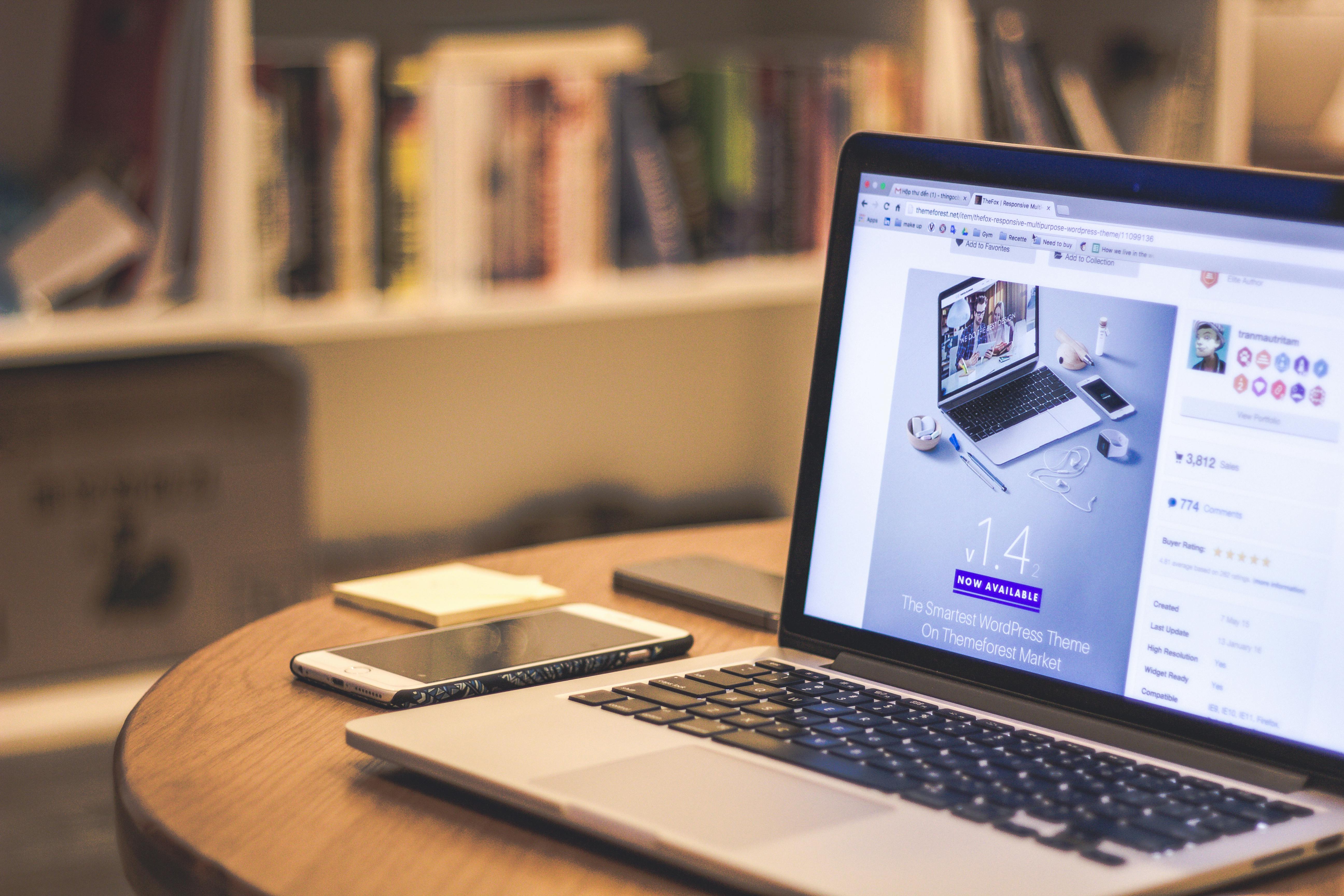In today’s fast-paced world, our workspace often becomes a reflection of our mental state – and sometimes, a source of added stress. A cluttered desk isn’t just an eyesore; it can be a significant barrier to focus, creativity, and overall productivity. Studies have consistently shown that a disorganized environment can lead to increased stress, reduced attention span, and even impaired decision-making. This article will guide you through practical, actionable strategies to transform your desk into a streamlined hub of efficiency, helping you unlock your full productive potential. We’ll explore the psychology behind clutter, essential decluttering techniques, optimal layout designs, smart storage solutions, and sustainable maintenance habits.
The Psychology of a Clutter-Free Workspace
Our physical environment profoundly impacts our mental state and cognitive function. A messy desk can be a constant source of visual distraction, pulling your attention away from the task at hand and making it harder to concentrate. Conversely, a clean and organized space promotes clarity and calm, allowing your mind to focus more effectively on complex tasks.
Impact on Focus and Stress
Research suggests that a cluttered environment can overwhelm our visual cortex, making it difficult for our brains to process information efficiently. This cognitive overload can lead to increased stress levels and a diminished ability to focus on specific tasks. When your desk is tidy, your brain expends less energy trying to filter out irrelevant stimuli, freeing up mental resources for deep work.
According to an article in Psychology Today on The Neuroscience of Clutter, a cluttered environment can lead to increased anxiety and difficulty processing information, directly impacting productivity and well-being.
Decision Fatigue Reduction
Every item on your desk, even if seemingly insignificant, represents a potential decision point. “Should I file this? Where does this pen go? Do I need this receipt?” These small, continuous decisions contribute to decision fatigue, depleting your mental energy before you even start your main work. A minimalist, organized desk reduces these micro-decisions, preserving your cognitive resources for more important tasks.

Essential Decluttering Strategies
The first step to a productive workspace is ruthless decluttering. This isn’t just about tidying; it’s about removing anything that doesn’t serve a purpose or bring value to your work. Be honest with yourself about what you truly need and what is simply taking up space.
The “One-Touch” Rule
Adopt the “one-touch” rule: when you pick up an item, either put it away immediately, file it, or dispose of it. Avoid setting things down “just for a moment” with the intention of dealing with them later. This simple habit prevents piles from forming and keeps your desk clear on an ongoing basis.
Digital Decluttering
Your digital workspace is just as important as your physical one. A cluttered desktop, disorganized files, and overflowing inboxes can be just as distracting. Take time to organize your computer files into logical folders, delete unnecessary documents, and clear your desktop of icons. Consider using cloud storage for documents you don’t need immediate access to.
- Empty your desktop: Move all files into designated folders.
- Organize digital files: Create a clear, hierarchical folder structure.
- Clean out your inbox: Archive or delete old emails regularly.
- Manage browser tabs: Use tab groups or extensions to prevent tab overload.
Optimizing Your Desk Layout
Once decluttered, the next step is to arrange your essential items strategically. An optimized layout minimizes unnecessary movement, reduces strain, and ensures that frequently used items are always within easy reach.
Ergonomics and Accessibility
Proper ergonomics are crucial for long-term comfort and health, directly impacting your ability to stay productive. Position your monitor at arm’s length, with the top of the screen at or slightly below eye level. Ensure your keyboard and mouse are close to your body, allowing your elbows to remain at a 90-degree angle. Your chair should support your lower back, and your feet should be flat on the floor or a footrest.
For detailed guidelines on setting up an ergonomic workstation, refer to OSHA’s Computer Workstation eTool. Implementing these recommendations can significantly reduce discomfort and improve focus.
Zone Planning
Divide your desk into functional zones based on how often you use items.
- Primary Zone (Immediate Reach): Items used constantly (keyboard, mouse, monitor, current notebook, pen).
- Secondary Zone (Arm’s Length): Items used frequently but not constantly (stapler, phone, reference books, charging dock).
- Tertiary Zone (Beyond Arm’s Length): Items used occasionally (filing cabinet, extra supplies, rarely used binders).
This system ensures that your most important tools are always at your fingertips, minimizing interruptions to your workflow.
Smart Storage Solutions
Effective storage is key to keeping your desk clear without sacrificing accessibility. Think vertically and utilize every available inch of space, both on and around your desk.
Vertical Space Utilization
Instead of spreading items horizontally, stack them vertically. Use monitor risers with built-in drawers, wall-mounted shelves, or multi-tiered organizers. This frees up valuable desk surface area for active work. Magazine files can hold notebooks and folders upright, and pen holders keep writing instruments contained.
Cable Management
Tangled cables are not only unsightly but can also be a safety hazard and a source of frustration. Invest in cable ties, cable sleeves, or under-desk cable trays to keep wires neat and out of sight. Labeling cables can also save you time when you need to unplug or reconfigure devices.

Maintaining Your Organized Sanctuary
Organization isn’t a one-time event; it’s an ongoing process. Establishing consistent habits is crucial to prevent clutter from creeping back and undermining your productivity gains.
The 5-Minute Daily Tidy
At the end of each workday, dedicate just five minutes to tidying your desk. Put away all items, wipe down surfaces, and prepare your space for the next day. This small habit prevents clutter from accumulating and ensures you start each morning with a fresh, inviting workspace, ready for productive work.
Regular Purges
Schedule a deeper decluttering session once a month or quarter. This is when you review all items, discard anything no longer needed, and re-evaluate your storage solutions. This proactive approach ensures your system remains efficient and adapts to your evolving work needs.

Benefits of an Organized Workspace
| Benefit | Impact on Productivity |
|---|---|
| Reduced Stress | Frees up mental energy, promotes calm. |
| Improved Focus | Minimizes visual distractions, enhances concentration. |
| Increased Efficiency | Saves time searching for items, streamlines workflow. |
| Enhanced Creativity | Clear space allows for clearer thinking and idea generation. |
| Better Mood | A pleasant environment contributes to overall well-being. |
Conclusion
Transforming your desk from a chaotic mess into an organized sanctuary is one of the most impactful steps you can take to boost your productivity and reduce daily stress. By understanding the psychological benefits, implementing effective decluttering and organization strategies, and committing to consistent maintenance, you create an environment that supports your best work.
Start small. Pick one area of your desk to tackle today, or commit to the 5-minute daily tidy. The cumulative effect of these small actions will lead to a significant improvement in your focus and efficiency. Remember, your workspace is a tool; keep it sharp and ready for action.
For more insights into developing productive habits, consider exploring articles like “7 Daily Habits of Highly Productive People” from Forbes.
What’s the one desk organization tip that has made the biggest difference for your productivity? Share your insights in the comments below!
